Test Methodology
I use an LW-9266 Fan PQ performance measurement apparatus to evaluate cooling fans. This is a highly sophisticated scientific instrument made in Taiwan by Long Win.
Fan Testing Machine Technical Specifications:
- Manufacturer: Long Win Science & Technology Corporation
- Air Flow Rate: 2.4 – 250 CFM
- Accuracy of Air Flow Rage: <3.5% INFS
- Repeatability error: < 2%
- Static pressure: 0-20mmAq (100mmAq with the high static pressure throttle device)
- Overall Dimensions: 0.7 (W) x 2.2 (L) x 1.6 (H) m
- Power Source: 220VAC, 5A, Single Phase, 50/60Hz
- Based on Standards: ISO 5801-2007, AMCA 210-0, ASHRAE 51-2007, IEC 61591-2005, GB/T 1236-200
Besides the Long Win machine, I also use the following equipment.
Testing Equipment:
- Noise Test Environment: Hemi-Anechoic Chamber with 6 dB(A) noise floor
- Conditions: 25 (+-2) degrees Celsius, 40-50% humidity
- Sound Analyzer: Bruel & Kjaer 2270-S G4
- Microphone: Bruel & Kjaer Type 4955-A
- Mic Calibrator: Bruel & Kjaer Type 4231
- Data Logger: Picoscope TC-08
Pages:
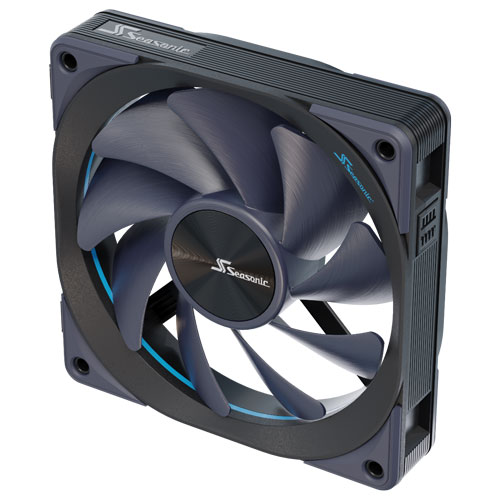
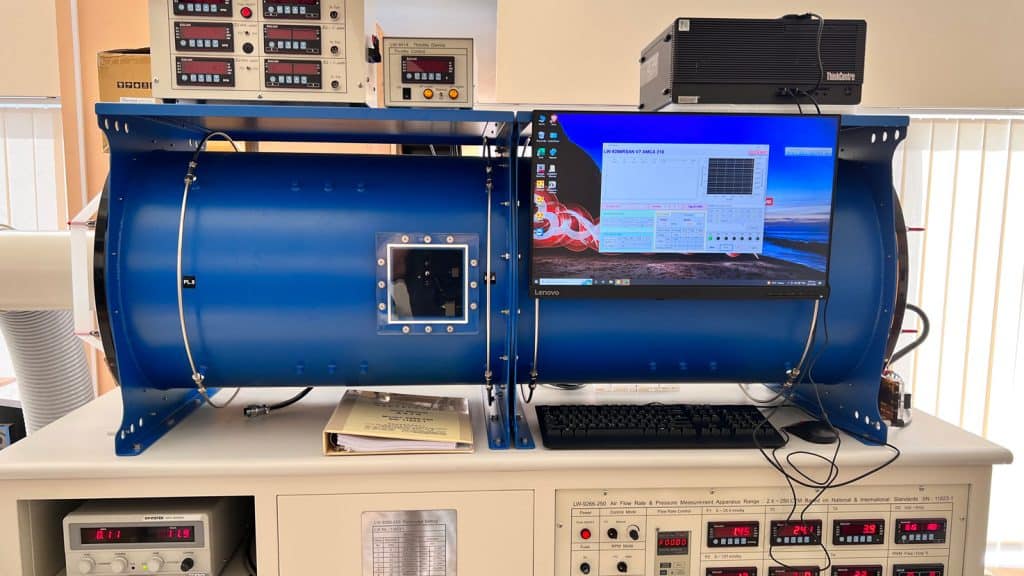
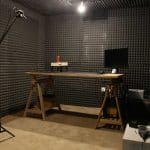
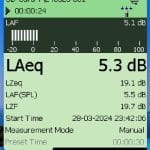
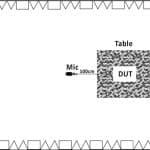
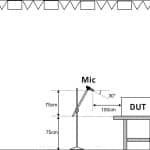
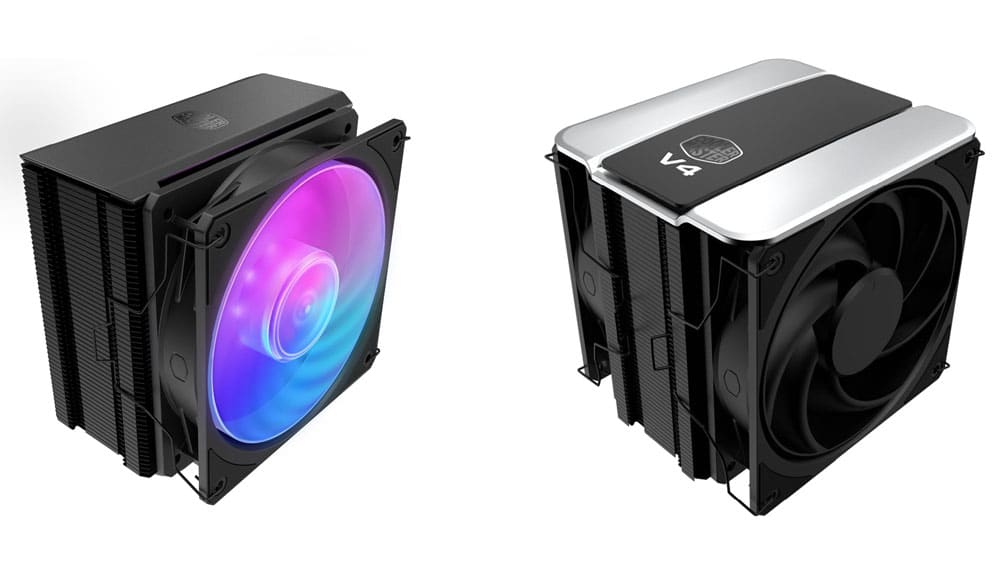

Would you consider testing servers as well? There is a huge difference between advertised vs real performance regarding acoustic noise. Just one exemple, Dell PowerEdge T350: advertised between 31 – 40 dBA (depending on configuration, entry, typical, feature rich) vs. real 48-50 dBA at only 65% PWM 3480 RPM (mesured with SoundMeter app on Samsung Galaxy S10e). This server cooling design relies on only one 92x92x38mm Delta AFC0912DE fan with great performance (160CFM @ 6000 RPM), but with great noise too, 63 dBA…
If someone sents me these parts, why not. My Longwin can go up to 250CFM and 100mmAq of static pressure.
Finally, quick connect fans that are black and no RGB!!
Short warranty though compared to competition.
One minor issue. The max power chart seems backwards. It says higher is better. With power consumption, lower is better.
The data is great though.
Fixed that in the new review, thank you! Noticed it too before I post it (Phanteks review). So many graphs, so much data, so little time 🙁
Would you consider adding noise-normalized charts? I think it would be really helpful metric to compare fans with. That way fans can’t just brute-force their way to the top of a chart.
New review has them included 🙂